I am currently trying using librosa to perform stfft, such that the parameter resembles a stfft process from a different framework (Kaldi).
The audio file is fash-b-an251
Kaldi does it using a sample frequency of 16 KHz, window_size = 400 (25ms), hop_length=160 (10ms).
The spectrogram extracted from this looks like this:
 I then tried to do the same using librosa:
I then tried to do the same using librosa:
import numpy as np
import sys
import librosa
import os
import scipy
import matplotlib.pyplot as plt
from matplotlib import cm
# Input parameter
# relative_path_to_file
if len(sys.argv) < 1:
print "Missing Arguments!"
print "python spectogram_librosa.py path_to_audio_file"
sys.exit()
path = sys.argv[1]
abs_path = os.path.abspath(path)
spectogram_dnn = "/home/user/dnn/spectogram"
if not os.path.exists(spectogram_dnn):
print "spectogram_dnn folder didn't exist!"
os.makedirs(spectogram_dnn)
print "Created!"
y,sr = librosa.load(abs_path,sr=16000)
D = librosa.logamplitude(np.abs(librosa.core.stft(y, win_length=400, hop_length=160, window=scipy.signal.hanning,center=False)), ref_power=np.max)
librosa.display.specshow(D,sr=16000,hop_length=160, x_axis='time', y_axis='log', cmap=cm.jet)
plt.colorbar(format='%+2.0f dB')
plt.title('Log power spectrogram')
plt.show()
raw_input()
sys.exit()
Which is basically taken from here:
In which i've modified the stfft function such that it fits my parameters.. Problems is that is creates an entirely different plot..
So.. What am I doing wrong in librosa?.. Why is this plot so much different, from the one created in kaldi.
Am I missing something?
